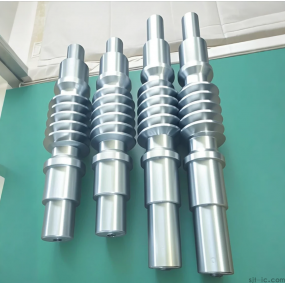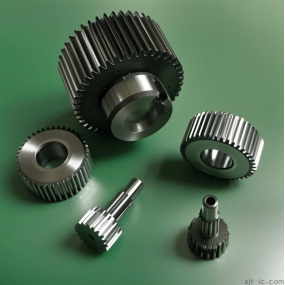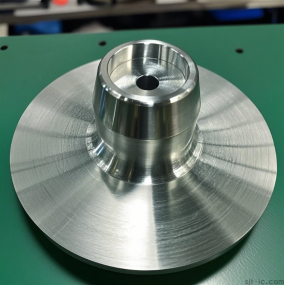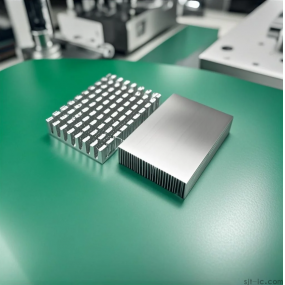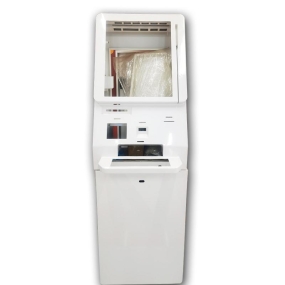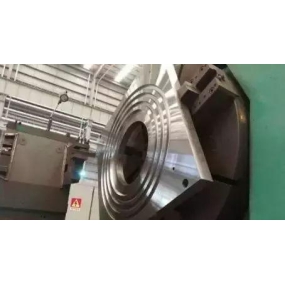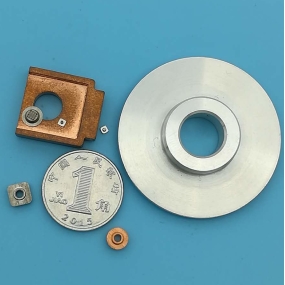Five axis CNC Machining is a CNC machining skill that can perform machining operations simultaneously in multiple directions. Traditional three-axis CNC machining can only process in the X, Y, and Z directions, while five axis CNC machining can process in the X, Y, and Z linear directions, as well as in the A and B rotational directions.
The main advantage of five axis CNC machining is that it can complete more complex part machining, especially for parts with complex surface shapes or requiring multiple viewpoint machining. By rotating the worktable or tool head, a five axis CNC machine can perform machining from different viewpoints, achieving higher machining accuracy and better surface quality.
Five axis CNC machining is widely used in aerospace, automotive manufacturing, mold manufacturing, and other fields. It can be used to process messy turbine blades, car body surfaces, and messy concave and convex surfaces in molds. Compared to traditional machining methods, five axis CNC machining can greatly improve production power and product quality.
Of course, five axis CNC machining also has some challenges and limitations. Firstly, five axis CNC machine tools have higher costs and require more complex mechanical structures and control systems. Secondly, five axis machining requires higher programming and operational skills, as well as higher demands on operators. In addition, due to the increasingly chaotic relative motion between the cutting tool and the workpiece during the machining process, there may be an increased risk of collision, requiring careful process planning and safety measures.
Overall, five axis CNC machining is an excellent machining skill that can complete more complex part processing, improve production power and product quality. It has broad prospects for use in the manufacturing industry and will continue to drive the development of the manufacturing industry.


 Spanish
Spanish Arabic
Arabic French
French Portuguese
Portuguese Belarusian
Belarusian Japanese
Japanese Russian
Russian Malay
Malay Icelandic
Icelandic Bulgarian
Bulgarian Azerbaijani
Azerbaijani Estonian
Estonian Irish
Irish Polish
Polish Persian
Persian Boolean
Boolean Danish
Danish German
German Filipino
Filipino Finnish
Finnish Korean
Korean Dutch
Dutch Galician
Galician Catalan
Catalan Czech
Czech Croatian
Croatian Latin
Latin Latvian
Latvian Romanian
Romanian Maltese
Maltese Macedonian
Macedonian Norwegian
Norwegian Swedish
Swedish Serbian
Serbian Slovak
Slovak Slovenian
Slovenian Swahili
Swahili Thai
Thai Turkish
Turkish Welsh
Welsh Urdu
Urdu Ukrainian
Ukrainian Greek
Greek Hungarian
Hungarian Italian
Italian Yiddish
Yiddish Indonesian
Indonesian Vietnamese
Vietnamese Haitian Creole
Haitian Creole Spanish Basque
Spanish Basque

